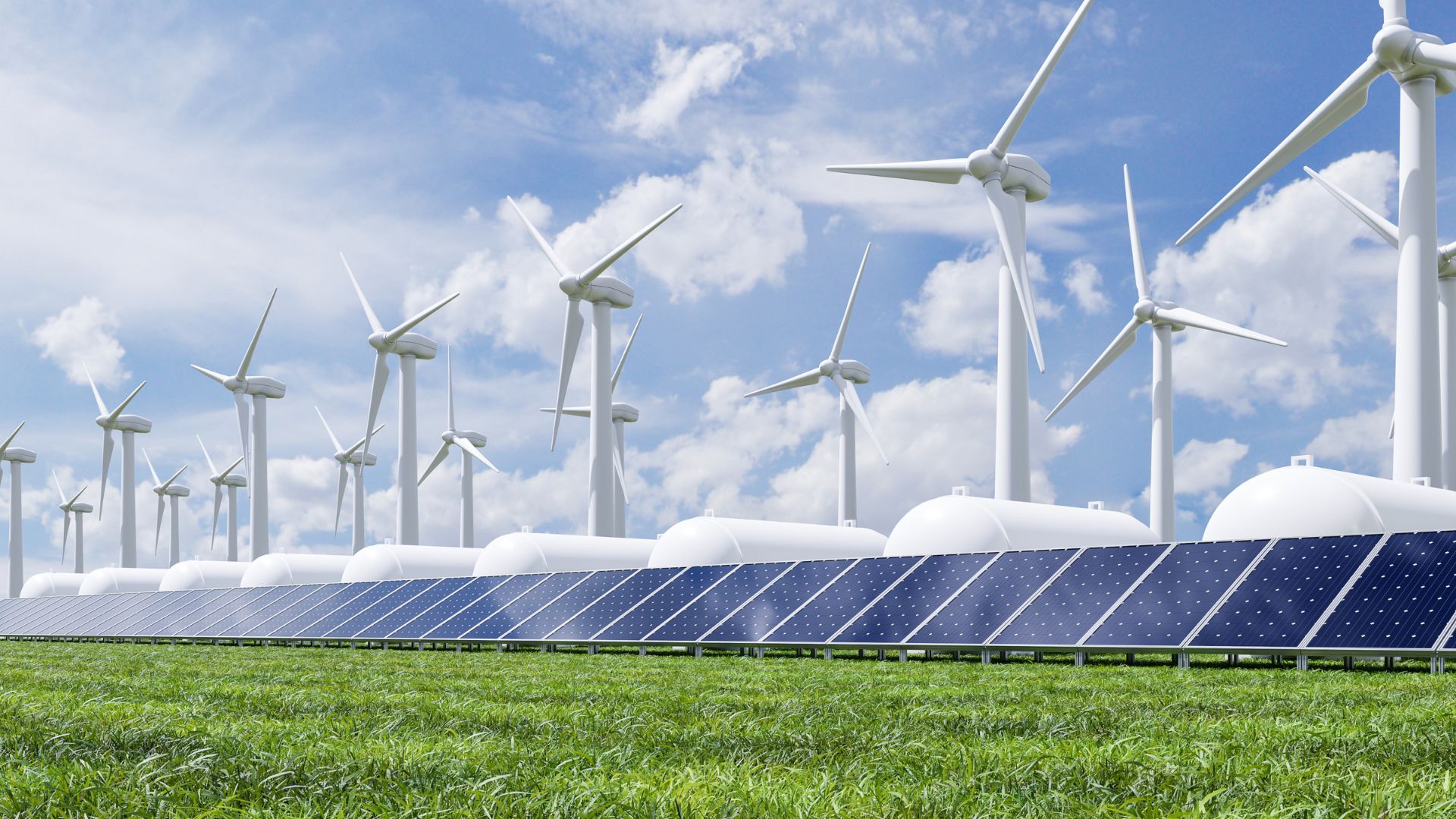In a landmark move for renewable energy, Denmark and Germany are set to strengthen their energy collaboration through the construction of a 140-kilometer hydrogen pipeline, marking a significant step towards a greener future in Europe. This ambitious project is not just a testament to the growing commitment towards alternative energy sources but also a pivotal development for energy enthusiasts and experts closely monitoring the evolution of hydrogen as a key player in the decarbonization of the continent.
A Visionary Project with Tangible Goals – Hydrogen Pipeline between Denmark and Germany
The pipeline, which will span from the Danish island of Bornholm to Lubmin in Germany, is a product of the cooperative efforts between GASCADE, Copenhagen Infrastructure Partners (CIP), and the Danish transmission system operator Energinet. This strategic partnership aims to capitalize on the potential of offshore wind resources in the Baltic Sea, thereby bolstering the region’s clean energy infrastructure.
Feasibility and Future Prospects – Hydrogen Pipeline
With a completed feasibility study in hand, the project is poised to deliver an import capacity of up to 10 gigawatts by the 2030s. The pipeline is expected to integrate into an extensive hydrogen network, aptly dubbed the ‘hydrogen highway’, which will facilitate the flow of green hydrogen to high-demand areas in Germany. Furthermore, the project’s scope includes prospective links to neighboring Sweden and Finland, which could significantly enhance hydrogen transport throughout Europe.
Aligning with European Energy Ambitions

The hydrogen interconnector is more than an infrastructural achievement; it is a critical component of the broader strategy to meet the European Union’s 2030 energy and climate targets. By aiming for climate neutrality by 2050, this project exemplifies the proactive measures being undertaken to transition towards a more sustainable and resilient energy system.
For more information on this and other renewable energy developments, readers can explore the following resources:





